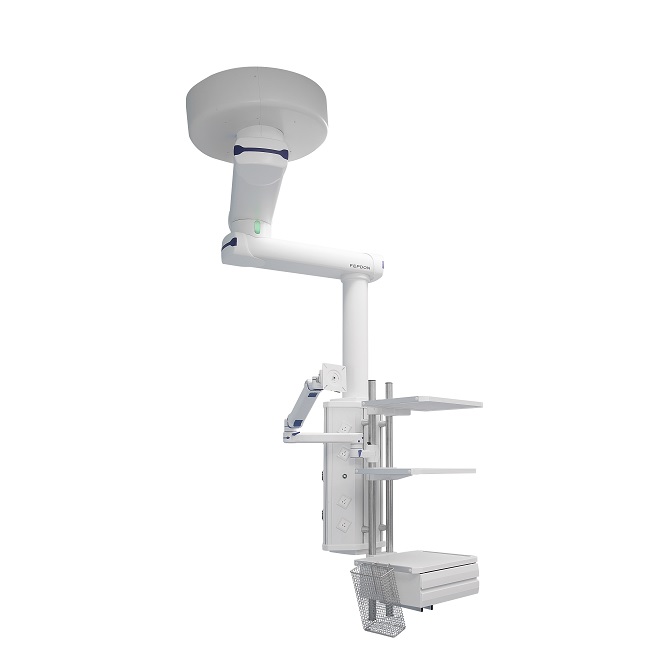When it comes to the basic equipment of the operating room and ICU, most practitioners will think of lamps, beds, and pendants.
Today we will talk about the pendants first. “Pendant” is the abbreviation for medical pendant. If you search for relevant encyclopedias, you will get an introduction: Pendant is an essential gas supply medical equipment in the modern operating room in a hospital. It is mainly used for terminal transfer oxygen supply, suction, compressed air, nitrogen and other medical gases in the operating room. It is safe and reliable to control the lifting of the equipment platform by the motor; the balanced design ensures the level of the equipment platform and the safety of the equipment; the drive of the motor ensures the fast and effective operation of the equipment. In fact, this description is very subjective. Next, it summarize a more comprehensive definition on basis of past experience.
The medical pendant is an indispensable basic equipment for hospitals at present. It mainly provides the fixation and positioning of relevant medical equipment, as well as the supply of medical gas and strong and weak electricity required by the relevant medical equipment. It is widely used in operating rooms and ICU of hospitals. Secondly, in terms of use, regardless of the design of the pendant, the most important are nothing more than two major functions.
First, fix and locate related medical equipment. Please note that two words, fixed and positioning, are used here in particular. To give two examples, such as the anesthesia pendant in the operating room, the anesthesia machine can be fixed on the crane tower to ensure that the anesthesia machine will not move randomly during use, and the anesthesia machine can be moved by the cantilever above the pendant. It is positioned on the side of the patient’s head to facilitate the operation of the anesthesiologist. Or some hospitals will be equipped with multimedia pendant, in fact, a display screen is fixed on the lifting pednan t, and the position of the display screen is located by the movement of the liftingpendant in space, which is convenient for minimally invasive surgery. Second, provide medical gas supply and strong and weak electricity supply required by related medical equipment. Take the example of an anesthesia pendant. Generally, medical input gas (oxygen, air, nitrous oxide), medical output gas (anesthesia discharge), strong current (220V AC) and weak current (RJ45) are needed during the use of anesthesia machine. Without a pendant, these supplies will be fixed on the wall of the operating room in the form of terminals or sockets. Nowadays, the application of the pendant transfers these supplies on the wall to the pendant, which facilitates the actual operation. Therefore, the related medical equipment mentioned here and the related medical equipment mentioned in the first function will be different, because some equipment does not necessarily need these supplies.
Finally, there are more and more medical equipment and corresponding supply demands in the operating room and ICU, so the two departments have the highest demand for hanging pendants. However, some departments will also be equipped with pendants as needed, such as rescue rooms, wake-up rooms, outpatient and emergency services, etc.
Post time: Sep-01-2021



